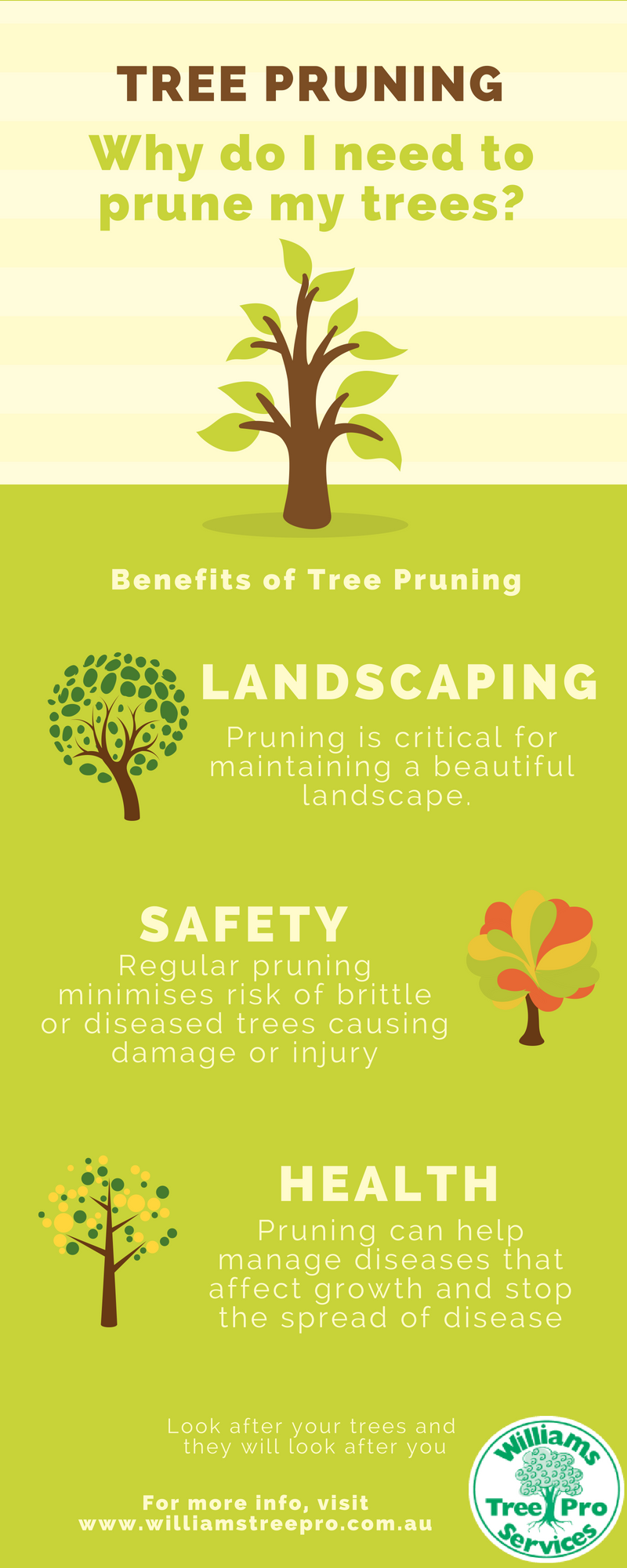Care After Tree Elimination: Efficient Ways To Rejuvenate Your Landscape
Care After Tree Elimination: Efficient Ways To Rejuvenate Your Landscape
Blog Article
Content By-Berman Als
After a tree's elimination, your landscape might look fairly different, and it's vital to assess the aftermath thoroughly. You'll wish to review the soil disruption and examine surrounding plants for any type of indicators of stress and anxiety. Neglecting these aspects can bring about larger troubles down the line. So, what should you perform with those stumps and roots? And how do you select the very best plants for your revitalized area? Let's discover these vital actions.
Evaluating the Aftermath: Evaluating Your Landscape
After a tree elimination, it's crucial to assess your landscape to recognize the influence it has on your backyard.
Beginning by checking out the area where the tree stood. Look for indications of soil disruption, and examine the bordering plants for any type of stress and anxiety or damage.
You should also take note of exactly how the elimination has altered sunlight direct exposure and airflow in your garden. This change can affect the growth of neighboring plants, so it's vital to evaluate their health.
Think about the aesthetic aspects too; the elimination might create an open space that you can revamp.
Ultimately, think of any type of prospective disintegration concerns that might arise from the tree's absence. Dealing with https://www.streetinsider.com/Press+Advantage/New+Steadfast+Tree+Care+Warns+Against+DIY+Tree+Removal+In+Rappahannock+Academy/17253516.html will help recover equilibrium to your landscape.
Managing Stumps and Roots: Options for Elimination
Once you have actually analyzed the results of the tree removal, you'll likely need to deal with the stump and roots left behind.
You have a couple of options for elimination. One efficient method is stump grinding, where an expert utilizes a maker to grind the stump to below ground degree. This strategy leaves very little disruption to your landscape.
If you prefer a do it yourself method, you can use a combination of excavating and chemical stump eliminators. Simply bear in mind, this procedure can take some time and effort.
Conversely, consider leaving the stump as an all-natural function, which can work as a special yard aspect or habitat for wildlife.
Whatever you select, dealing with the stump and origins is important for restoring your landscape.
Picking the Right Plants for Your New Area
As you analyze your newly gotten rid of area, picking the right plants can significantly enhance your landscape's charm and performance.
Start by thinking about the sunshine and dirt conditions. For warm areas, opt for drought-resistant plants like lavender or succulents. In shaded spots, ferns and hostas flourish well.
Think of the dimension and growth habits of your plants; mix perennials and annuals for seasonal variety. Do not forget to include native types; they call for less upkeep and assistance regional wild animals.
Group plants in odd numbers for an extra all-natural appearance and develop layers for visual deepness.
Ultimately, guarantee you have a mix of shades and textures to maintain your landscape lively throughout the seasons.
Delighted growing!
Final thought
Finally, recovering your landscape after tree elimination is a gratifying process. By analyzing the after-effects, attending to stumps and roots, and selecting the right plants, you'll produce a thriving setting. How To Prune Fig Trees In Pots fail to remember to integrate erosion control steps to safeguard your soil. With a little effort and treatment, you can transform your space into a vivid garden that enhances your building. Welcome How To Prune A Hibiscus Tree to rejuvenate your landscape and delight in the beauty of nature right in your yard!
